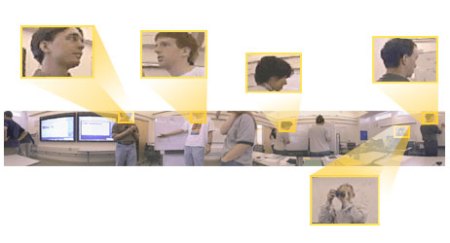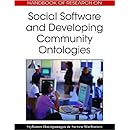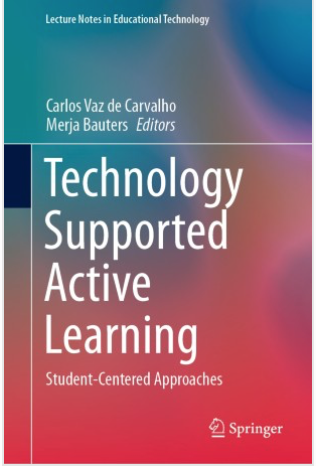Today i got a hint from Pirkko Hyvonen about the software called Diver – Digital Interactive Video Exploration and Reflection software.
The key concept behind Diver is guided noticing.
Diver has been created as an analytical tool, however i think it can be easily used as a version of self-reflection even like a part of a portfolio.
In diver you can focus on parts of your video, zooming in to some details and making comments.
A main principle of DIVER’s design is to enhance the user’s ability to maintain peripheral awareness of context.
Each perspective can explain some parts of your personality, fulfillment of goals etc.
The tool can be used collaboratively, editing the materials in web or as a desktop program.
Two comments from the team:
We call the process of making DIVEs Free-D authoring: Capture once, author forever.
Their agenda about guided noticing
A two-part act for a complex situation/visual scene:
1. pointing to, marking out, or otherwise highlighting specific aspects of it and
2. naming, categorizing, or otherwise providing a cultural interpretation of the aspects of the scene upon which attention is focused In a two-person (or more) interaction
1. An ‘author’ of the guidance (I guide you to notice what I notice)
2. A ‘recipient’ of the notice
…which is mediated by an environment in which each participant is immersed
…and possibly time-shifted and shareable by means of recording and display technologies.
DIVER as augmentation tool for building collective understanding—about the subject of the video, from multiple perspectives, and shareable on WebDIVER servers.
I must admit, i really like the collaborative part: imagine, how it can be used lets’ say in science activities when some experiment was filmed in physics classroom, and later on two participans or the student and the teacher can have a conversation based on guided noticing.
By the way, i have seen something similar in another research tool Animal landlord, which was part of impressive inquiry programs Bguile. However, recently their server has been down.
In the Animal Landlord, students investigate variation and similarity in examples of animal behavior, studying topics such as predation, competition, and social groups. They could take snapshopts of interest from the film and comment about animal behaviour by taking notes on these snapshots.
Diver software is in the state of development as a project lead by Roy Pea.
Another thought, in iCamp our collaborators are developing a sort of video-weblog. I wonder, can we have such functionalities and could we use the planned tool like Diver or Animal Landlord?











